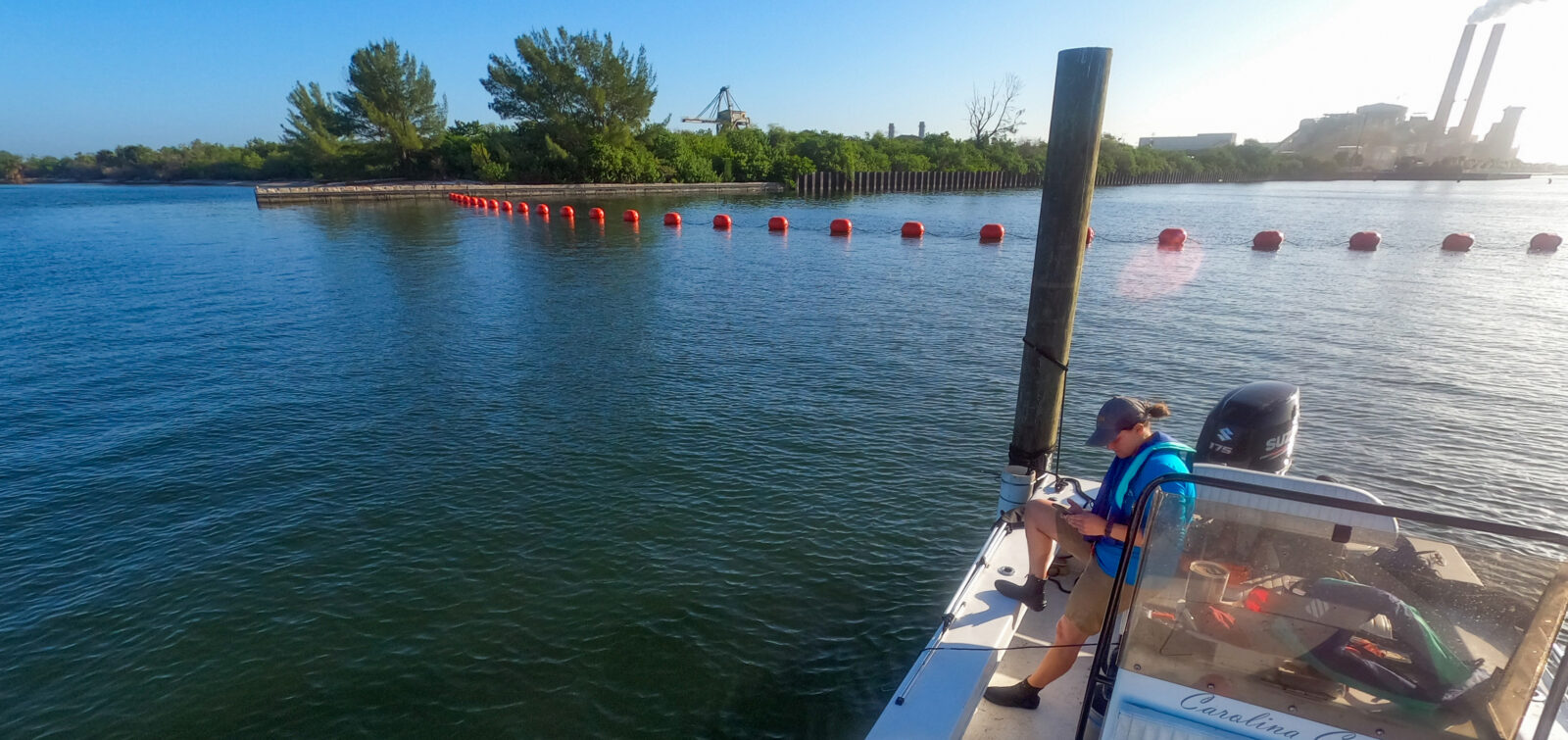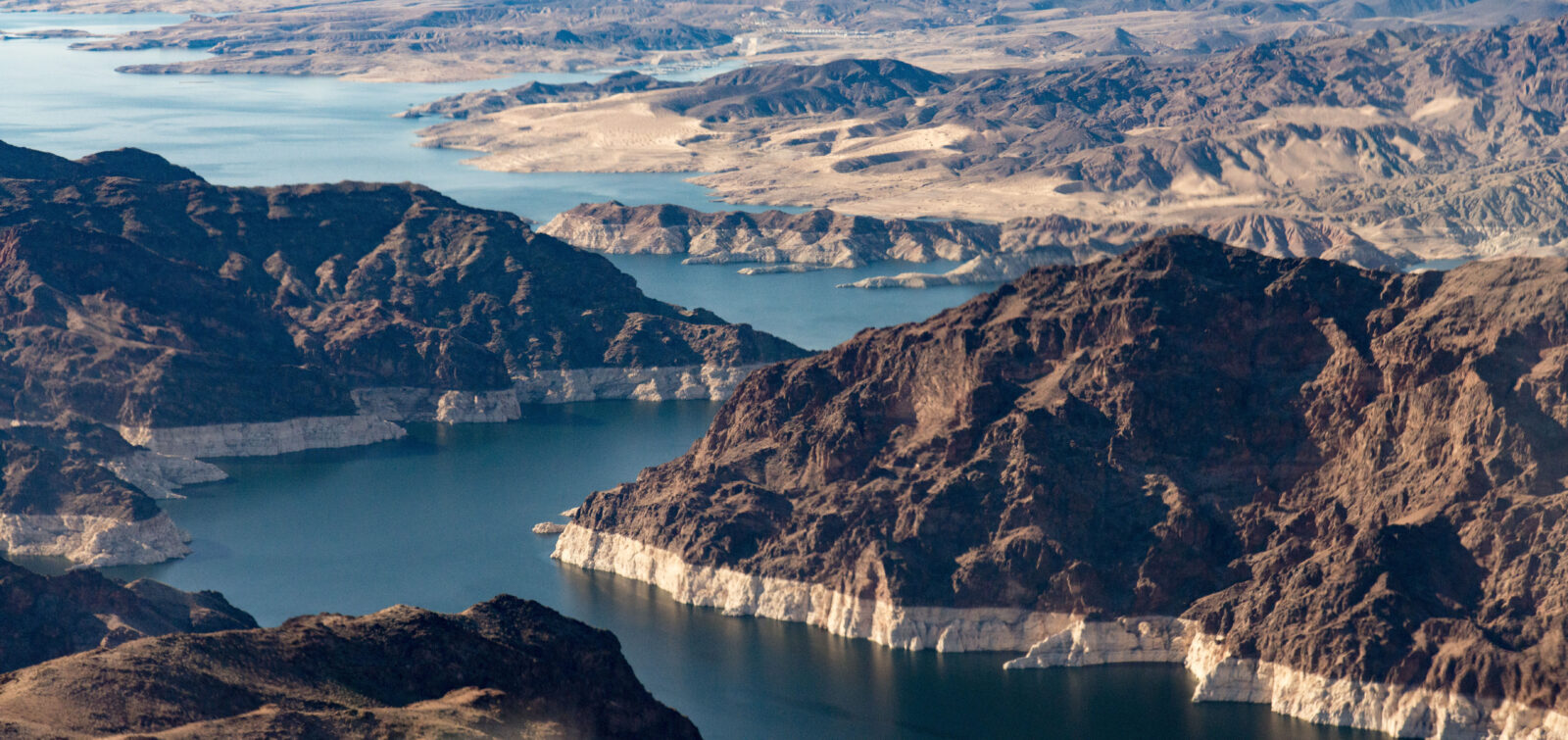Prepared by Environmental Science Associates, Decision Paves Way for Critically Needed Solution to Community’s Water Supply Deficit
The California Supreme Court, in a late-August decision, denied challenges to the sufficiency of the Environmental Impact Report (EIR)/Environmental Impact Statement (EIS) prepared for California American Water Company’s (CalAm) long-awaited desalination plant, the Monterey Peninsula Water Supply Project (MPWSP).
The MPWSP is intended to replace the Monterey Peninsula community’s existing Carmel River and Seaside Groundwater Basin supplies, which have been constrained for decades by legal decisions and habitat concerns, with desalinated seawater.
The challenges to the EIR/EIS that the Supreme Court rejected had been filed in February 2019 by the City of Marina and the Marina Coast Water District. The EIR/EIS, whose approval is critical to building and operating the MPWSP, was prepared by Environmental Science Associates (ESA) under the direction of the California Public Utilities Commission (CPUC) and certified by the CPUC in September 2018.
“The Court’s denial of challenges upholds the EIR/EIS conclusions that the Monterey Peninsula Water Supply Project will have minimal environmental impacts, including on all forms of marine life, and will responsibly resolve the natural resource and community water supply issues,” said Eric Zigas, principal associate and ESA’s Project Manager. “It has been a career highlight for me to work on this project over the past 15 years, and I’m proud to see the future of the Monterey Peninsula’s long-term water supply ensured in a safe, reliable, and drought-proof manner.”
Faced with regional water restrictions that are among the tightest in the state due to threatened species in the Carmel River and a court-ordered use reduction of the Seaside Groundwater Basin, CalAm urgently needed a reliable, environmentally sound source of water for its Monterey Peninsula customers.
In 2005, CalAm filed its original application with the CPUC to build, own, and operate a desalination plant, pipelines, aquifer storage and recovery, and related facilities. ESA, under contract to the CPUC as the California Environmental Quality Act (CEQA) lead agency, prepared an EIR that allowed the CPUC to approve the Regional Project in 2010. However, in 2012, CalAm submitted a revised application with the CPUC. This became the MPWSP, which eventually required ESA to modify and recirculate its Draft EIR as a joint EIR/EIS in coordination with Monterey Bay National Marine Sanctuary (MBNMS).
The eight-volume Final EIR/EIS was published in March 2018. It was certified, and the project was approved, by the CPUC in September 2018. It is the first desalination project EIR/EIS to be published and certified in compliance with the 2015 Amendment to the California Ocean Plan. Poised for final approval, the MPWSP includes subsurface slant wells that would extend offshore into submerged MBNMS lands. Source water would be conveyed inland to a desalination plant, the brine discharged through an existing wastewater outfall, and the desalinated water delivered to Monterey Peninsula customers and/or stored in the Seaside Groundwater Basin.
“Congratulations to CalAm and our dedicated team here at ESA led by Eric Zigas! This decision paves the way for a clear future for the Monterey Peninsula community in regard to a secure and responsible water source,” said ESA President and CEO Leslie Moulton-Post. “I have a deep appreciation for the perseverance and expertise needed to stay the course throughout a complex water supply project such as this one.”
CalAm began construction of the MPWSP pipelines this month, and ESA is providing the CPUC and MBNMS with third-party monitoring services to ensure CalAm complies with all mitigation measures identified in the EIR/EIS. Throughout the remainder of this year and into early 2020, CalAm’s final required permit applications will be considered by the California Coastal Commission, the State Lands Commission, and the Regional Water Quality Control Board.







